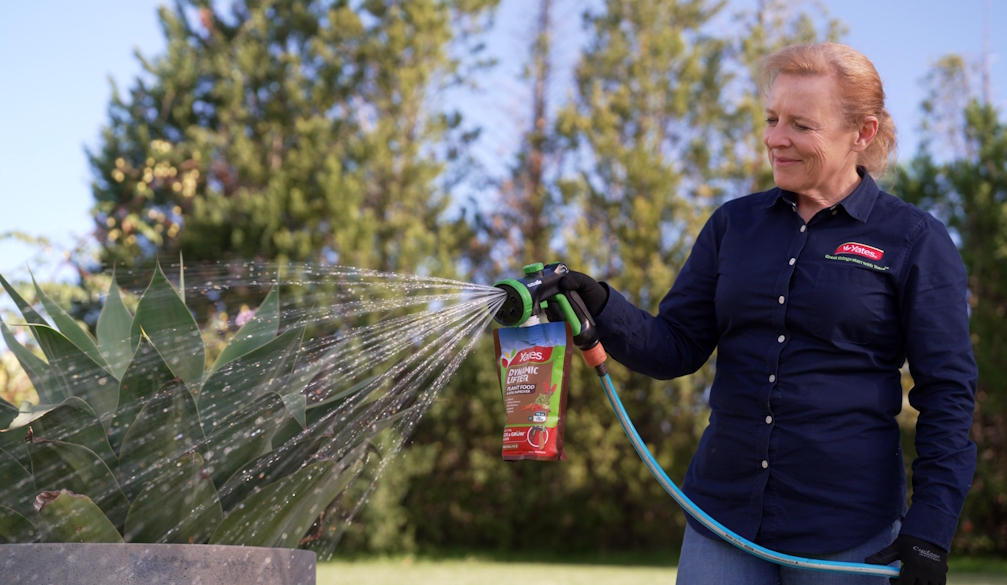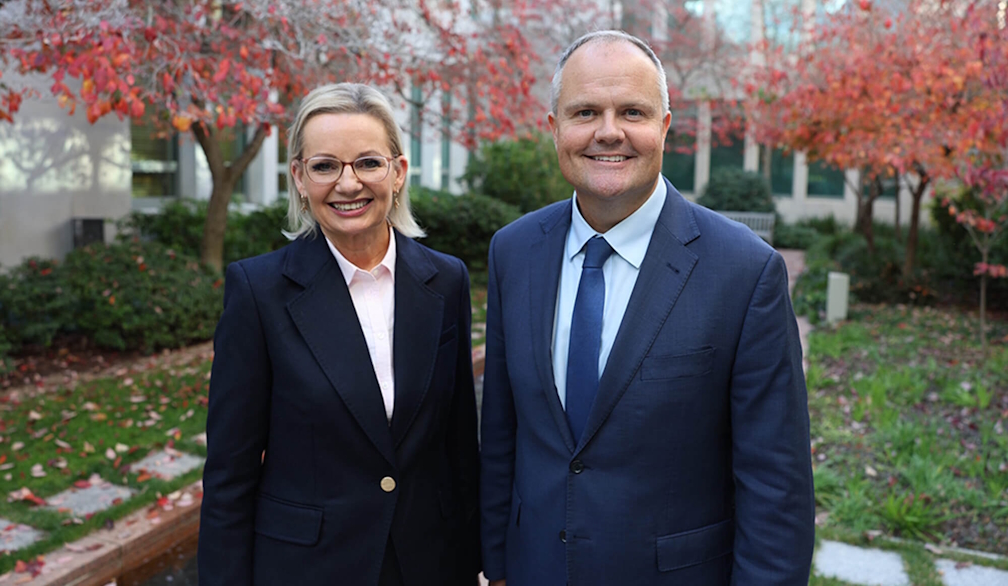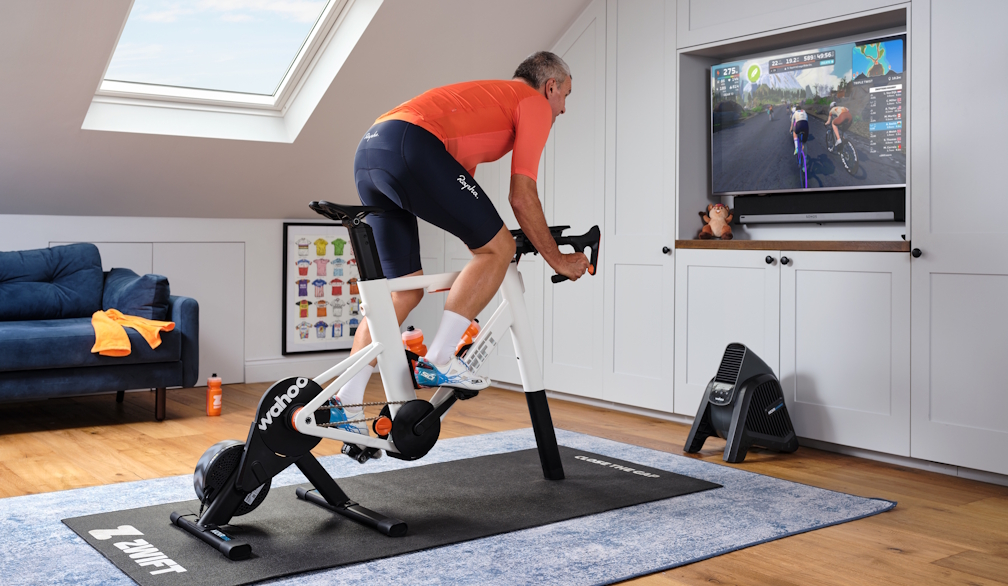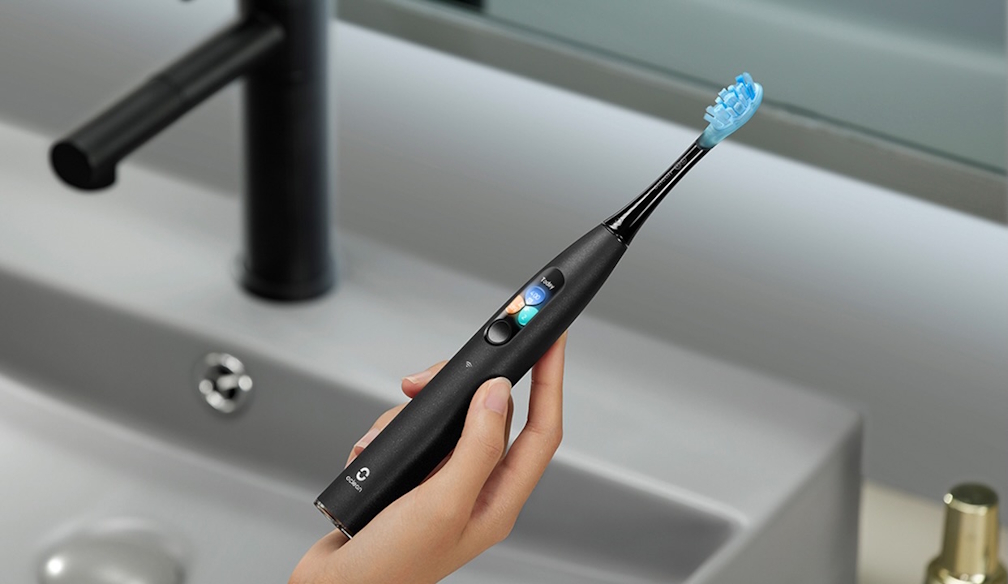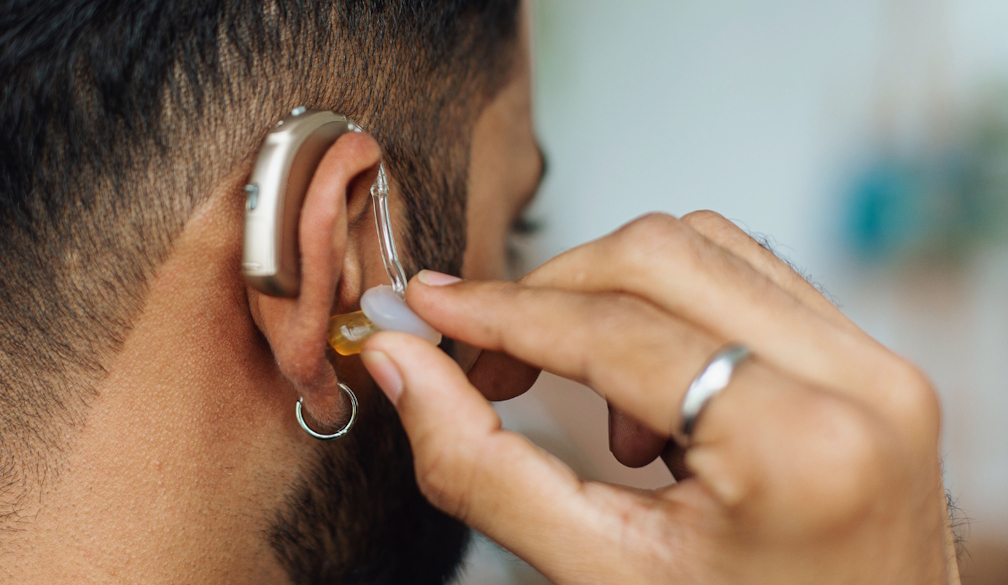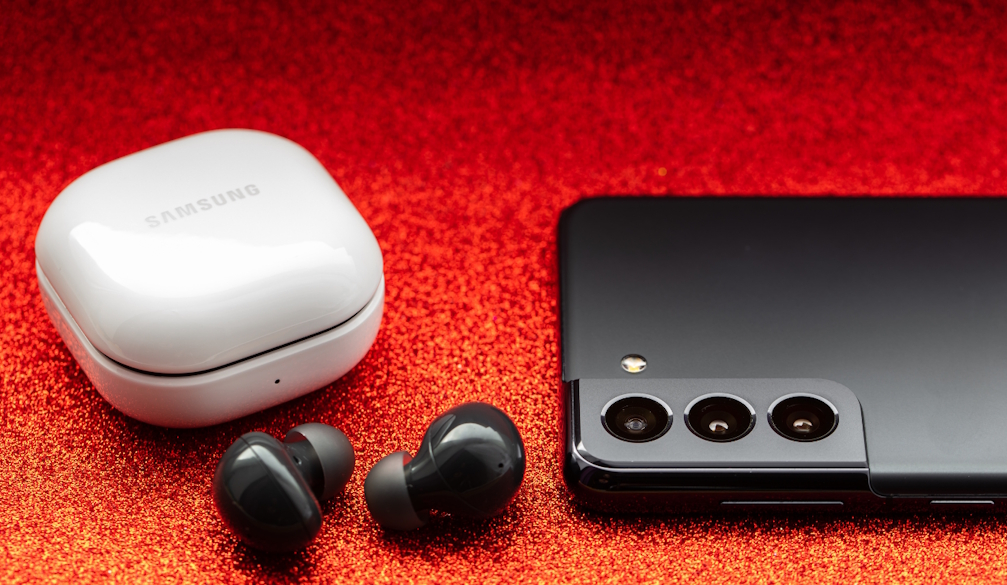Receive SMS online Australia with HotTelecom # 1
A virtual number is one of the key services of modern IP telephony. The SIP number is visually no different from the usual one and can be in the format of a landline phone, mobile, etc. The difference lies in the way of connection. The virtual number is not connected to a real telephone line but works via the Internet. The range of its application is quite wide. In addition to the fact that this number allows you to anonymously receive SMS text messages online from anywhere in the world, you can also register new accounts with it. In order to start successfully using a virtual number for SMS, you need to choose a quality provider with a good reputation.
Cooperation with HotTelecom
For 12 years now, HotTelecom has been supplying its customers with verified virtual numbers at affordable prices. The provider complies with all security measures and takes care of the confidentiality of the personal data of its users. The main advantages of the company are:
-
* stable high-quality communication with large coverage to many available countries (more than 40 available)
-
* 24/7 opportunity to consult with experts in the online chat
-
* connection of a virtual number within 24 hours with 100+ payment methods
-
* the ability to create an unlimited number of accounts and profiles by temporary number.
Advantages of Australia SMS numbers from HotTelecom
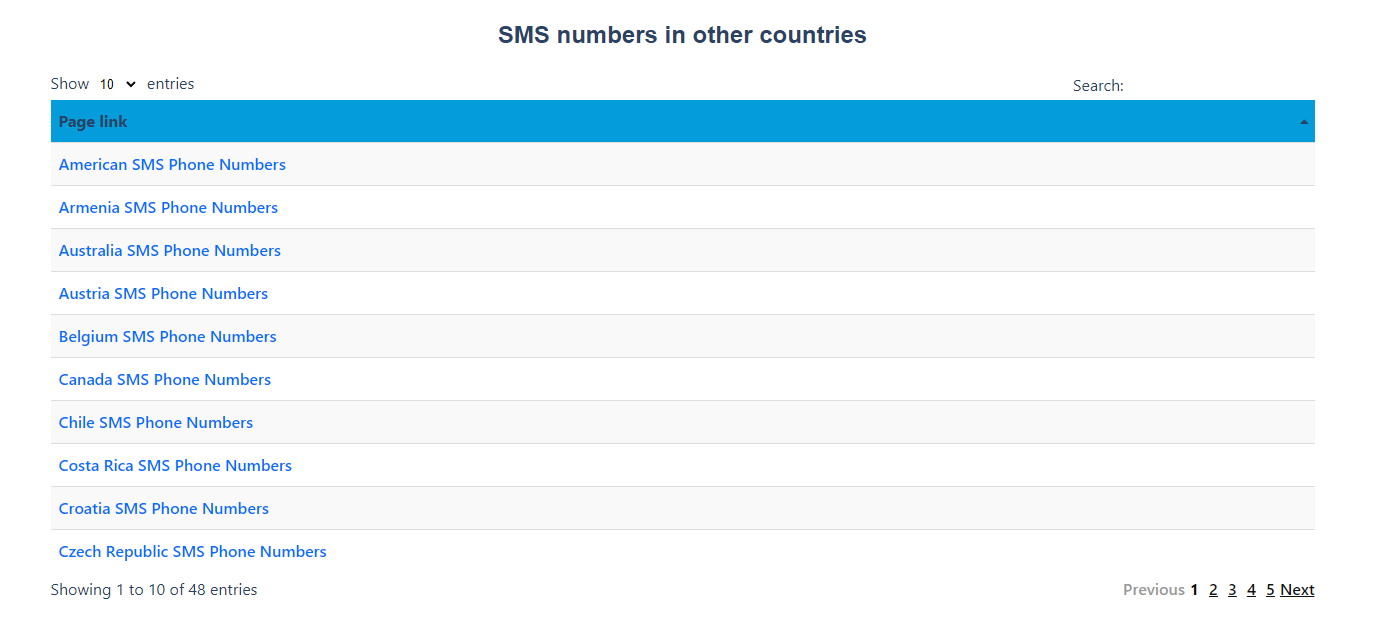
This service is perfect for people using all kinds of social networking programs (getting likes, followers, votes, etc.). For office entrepreneurs – saving on communications. This is especially interesting for companies that do business in other cities and regions. It will also be a good addition to your only working mobile contact. So this number can be used to receive and send SMS to Australian contacts at a favorable rate. Other useful services are:
-
several communication channels (and the possibility of increasing their number)
-
forwarding to messengers and other cloud and landline phones
-
the ability to get an API for integration with your service
-
convenient organization of SMS messages from your personal account




